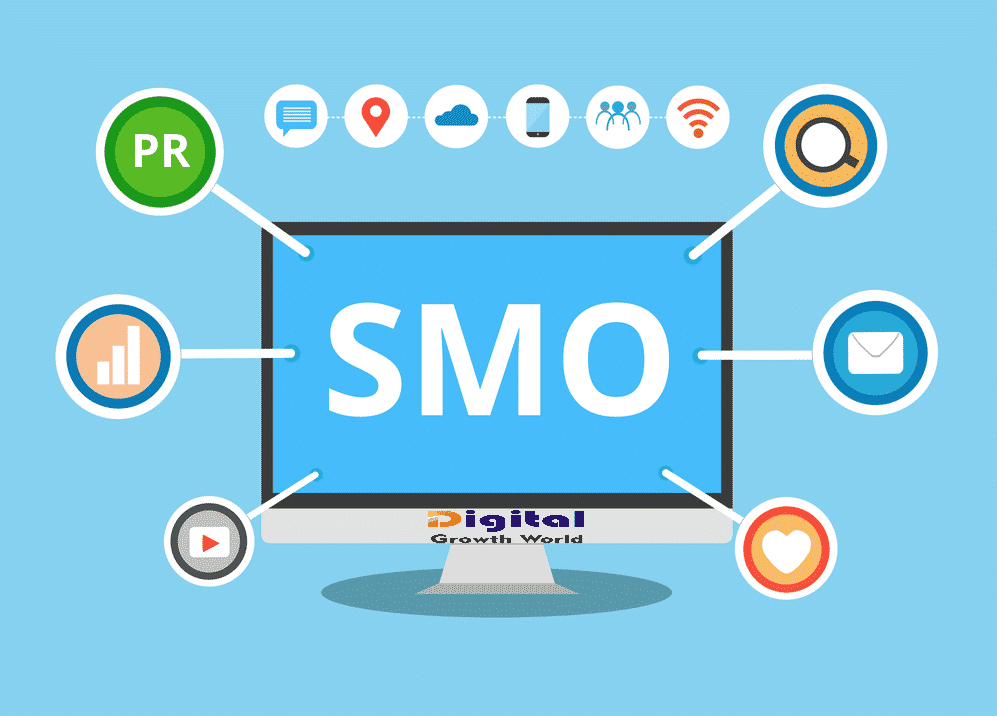Optimizing social media
Optimizing social media ad spending is essential for businesses to ensure they’re getting the best return on investment (ROI) while reaching the right audience. Here are several strategies businesses can use to optimize their social media ad spend:

1. Define Clear Objectives
- Set Specific Goals: Whether it’s brand awareness, lead generation, sales conversions, or engagement, businesses should define clear, measurable goals for their social media campaigns. This helps focus efforts and ensure ad spending is directed toward outcomes that matter.
- Align with KPIs: Use Key Performance Indicators (KPIs) to track progress, such as Cost Per Click (CPC), Cost Per Acquisition (CPA), Click-Through Rate (CTR), and Return on Ad Spend (ROAS).
2. Target the Right Audience
- Refine Audience Segmentation: Social platforms like Facebook, Instagram, LinkedIn, and TikTok offer sophisticated targeting options based on demographics, interests, behavior, location, and even job titles. Use this data to narrow down the target audience to those most likely to convert.
- Use Lookalike Audiences: Create lookalike or similar audiences based on existing customer data to find new potential customers who exhibit similar behaviors and interests.
- A/B Testing for Audience: Run split tests to identify the most responsive audience segments and focus on the ones that drive better results.
3. Optimize Ad Creative and Messaging
- Ad Formats and Creative: Test different ad formats (carousel, video, single image, etc.) and creative approaches to determine which performs best. Video content, for example, often yields higher engagement, but this may vary by platform.
- Compelling Copy and Visuals: Ads should clearly communicate value propositions and call-to-action (CTA). A/B testing your headlines, visuals, and CTAs can help determine what resonates most with the audience.
- Match Ad Creative to Audience Intent: Tailor your ad content to match the audience’s buying journey. For example, awareness-stage ads should focus on education, while conversion-stage ads should emphasize offers and product benefits.
4. Leverage Retargeting
- Retarget Past Website Visitors: Implement retargeting campaigns to reach people who have already engaged with your website or social media profiles but haven’t converted. These individuals are more likely to complete a purchase or action.
- Use Dynamic Retargeting: Platforms like Facebook and Instagram allow dynamic retargeting, which shows personalized ads to users based on the specific products they viewed on your website.
5. Optimize Budget Allocation
- Use Campaign Budget Optimization (CBO): With CBO, Facebook automatically distributes the budget across your ad sets to get the best results based on performance. It helps ensure that the budget is spent efficiently, reducing the need for manual adjustments.
- Adjust Budgets Based on Performance: Regularly monitor ad performance and reallocate budgets toward the best-performing ads. Pause underperforming ads and invest more in high-ROI campaigns.
- Test Different Budget Scenarios: Experiment with different budget levels to find the optimal spend for achieving your goals. Spending too little may limit reach, while spending too much may diminish ROI.
6. Use Analytics and Reporting
- Track and Analyze Metrics: Use the platform’s analytics tools (like Facebook Insights or LinkedIn Analytics) to track performance in real-time. Key metrics to focus on include CTR, CPA, conversion rates, and engagement rates.
- Analyze Competitor Performance: Tools like SEMrush or SpyFu can help you analyze competitors’ social media ads and strategies. This can provide insight into what works in your industry and help refine your own approach.
7. Test and Iterate
- Run A/B Tests: Constantly experiment with different elements of your ads—such as creative, copy, targeting, and bidding strategies—to identify what works best.
- Test Bid Strategies: Different bidding strategies (e.g., Cost Per Thousand Impressions (CPM) vs. Cost Per Click (CPC)) may deliver better results depending on the objective of your campaign. Test to find the most cost-effective approach.
- Experiment with Ad Placement: Test ads across various placements (newsfeed, Stories, Marketplace, etc.) to identify where your audience is most likely to engage.
8. Leverage Automated Campaigns and Tools
- Automation: Platforms like Facebook and Google Ads offer automated campaigns, which adjust bidding and targeting to maximize ad performance. Automated rules (e.g., pausing ads when they reach a certain CPA) can also save time and ensure optimal spend.
- Use Ad Scheduling: If your audience is more active during specific times of the day or days of the week, schedule your ads to run during those times to avoid wasting budget on periods of low engagement.
9. Incorporate UTM Tracking
- Track Campaign Performance: UTM parameters help track the performance of social media campaigns in Google Analytics and determine where your conversions are coming from (e.g., Facebook vs. Instagram).
- Measure Traffic and Conversions: By tracking traffic and conversions, businesses can better understand which platforms and campaigns are delivering the best ROI.
10. Stay Updated on Platform Changes
- Adapt to Platform Changes: Social media platforms frequently update their algorithms and advertising features. Stay informed about these changes to make sure your campaigns remain effective and cost-efficient.
- Explore New Features: New features (like Instagram’s Reels ads or LinkedIn’s video ads) might offer new opportunities for optimization. Experiment with these features early to stay ahead of the competition.
Conclusion:
Optimizing social media ad spending requires a strategic and data-driven approach. By defining clear objectives, refining targeting, testing different ad creatives, and analyzing performance metrics, businesses can ensure they are spending effectively and achieving their marketing goals. The key is continuous testing, data analysis, and agility to adapt to changing trends and consumer behavior.